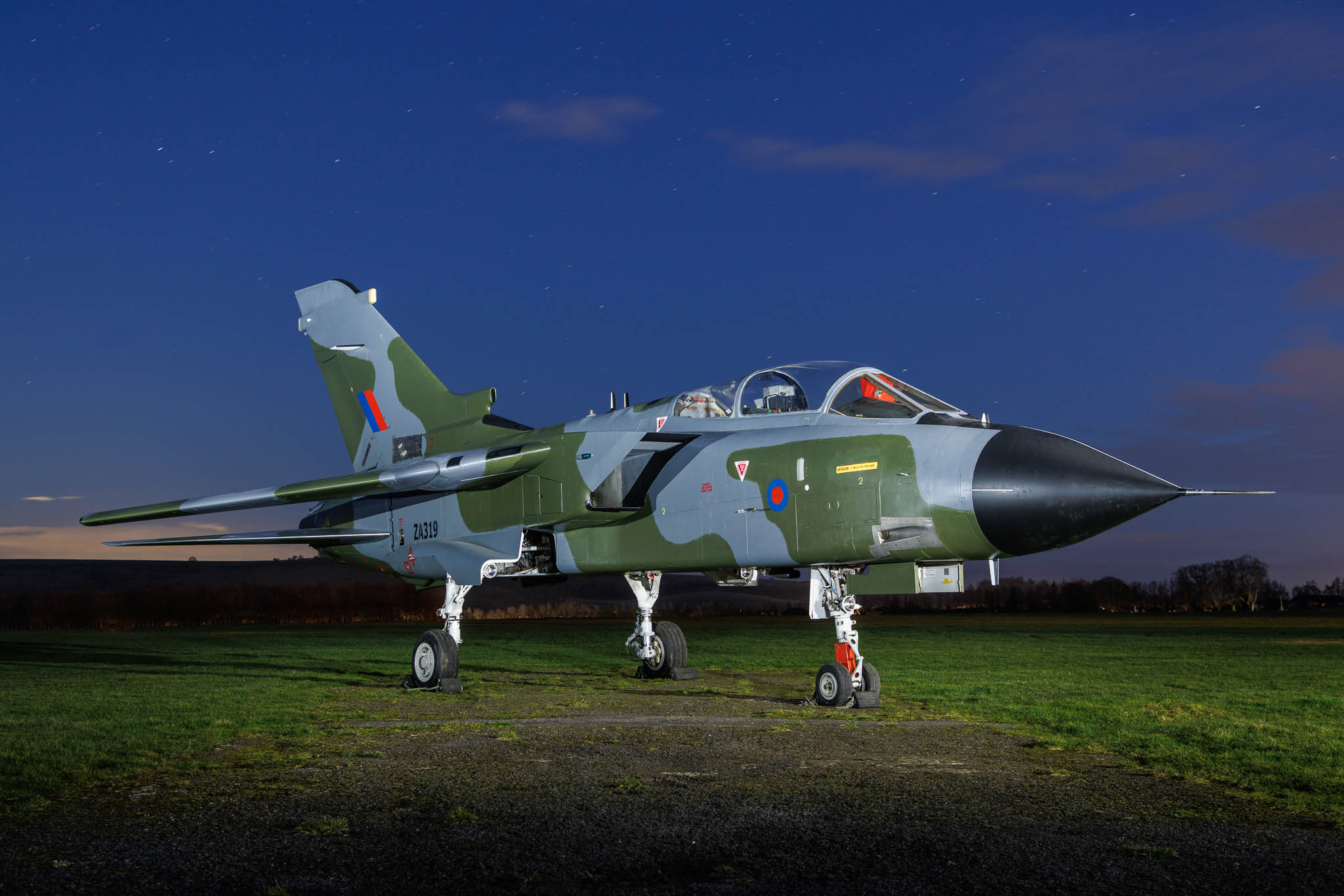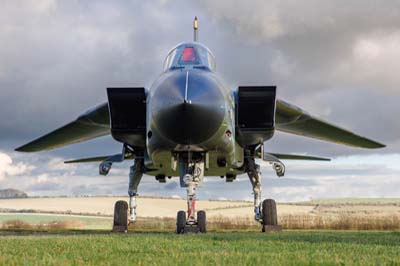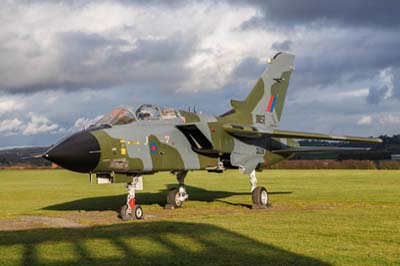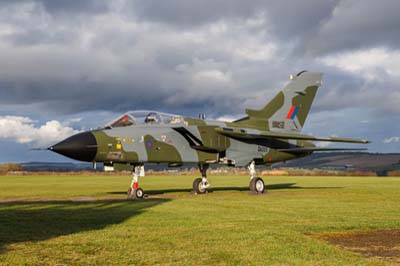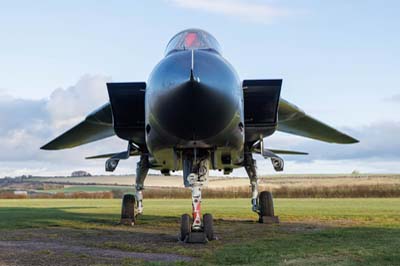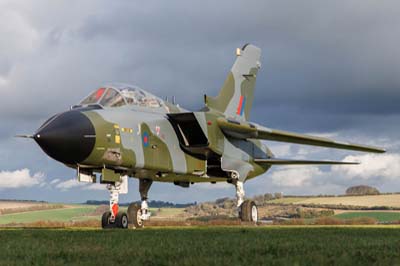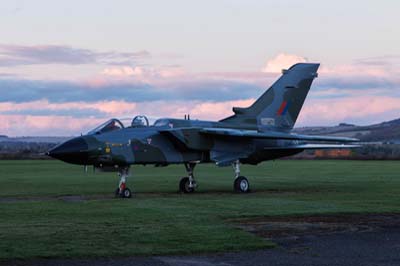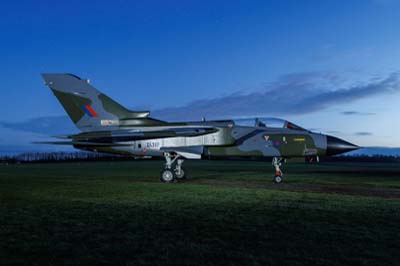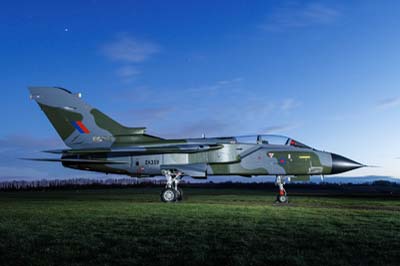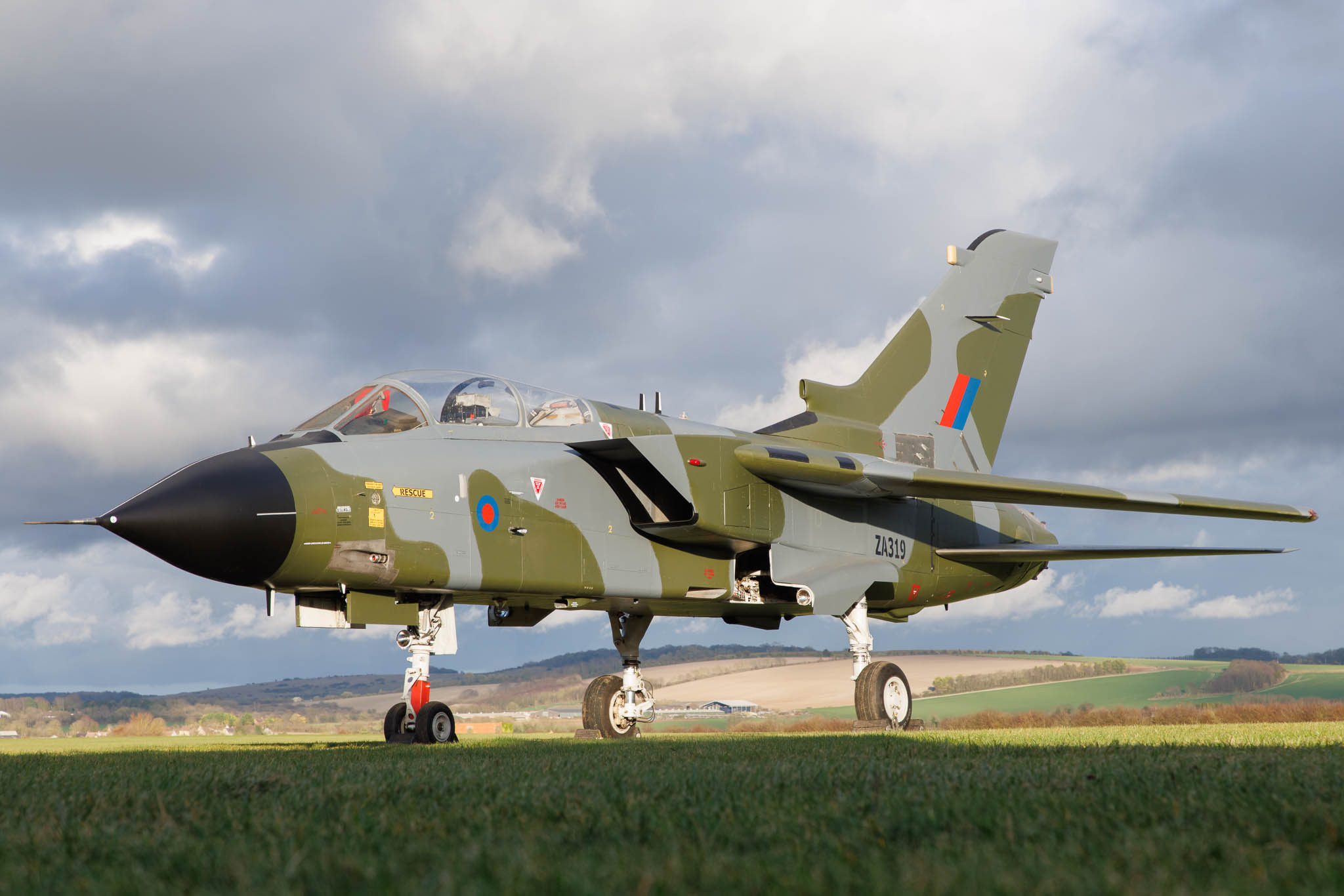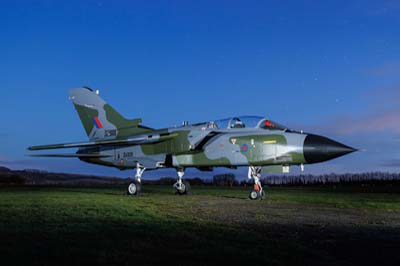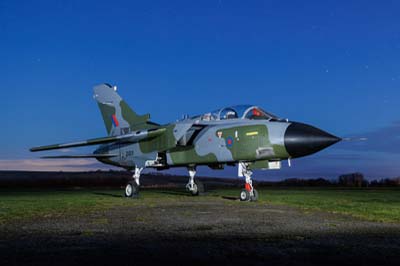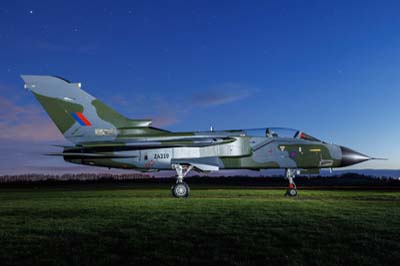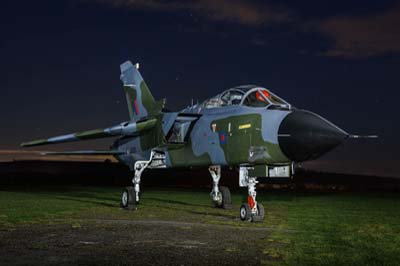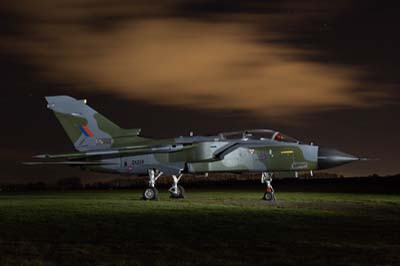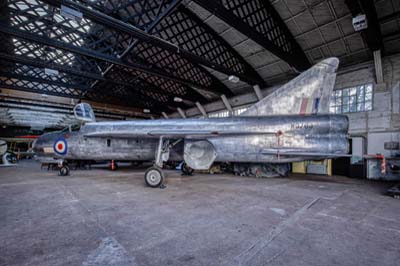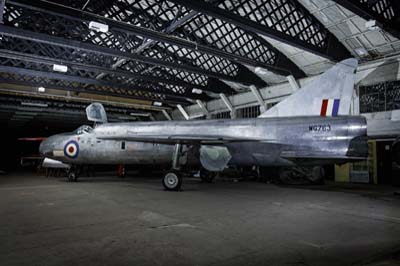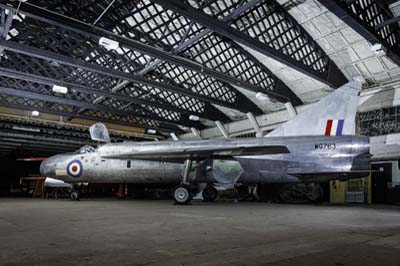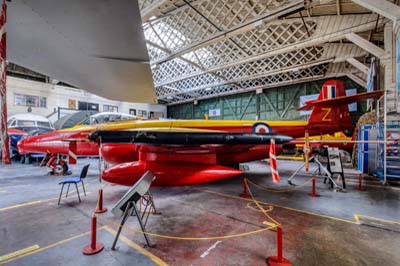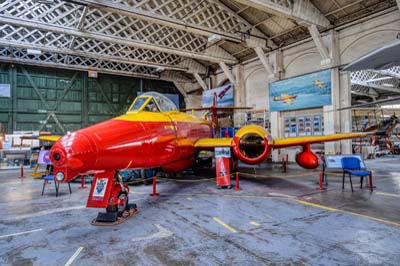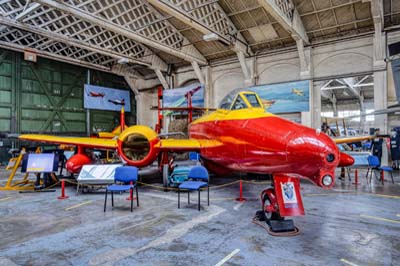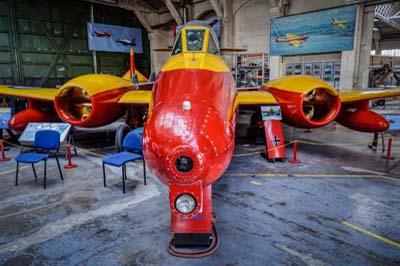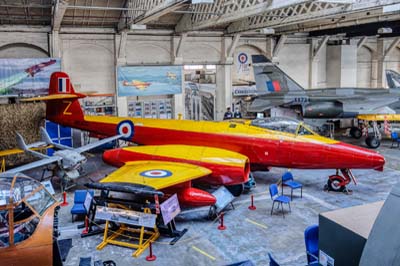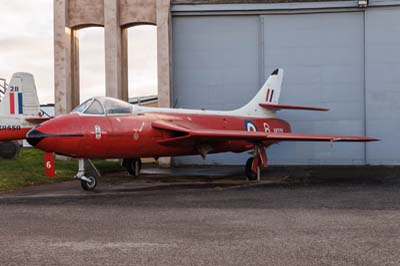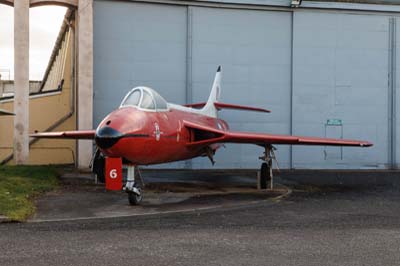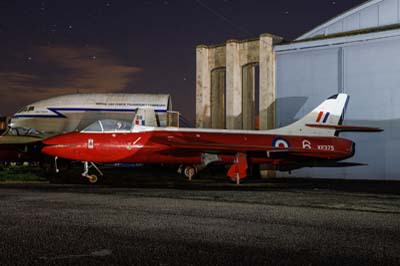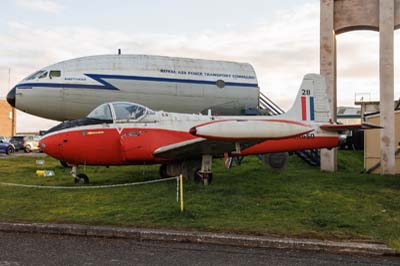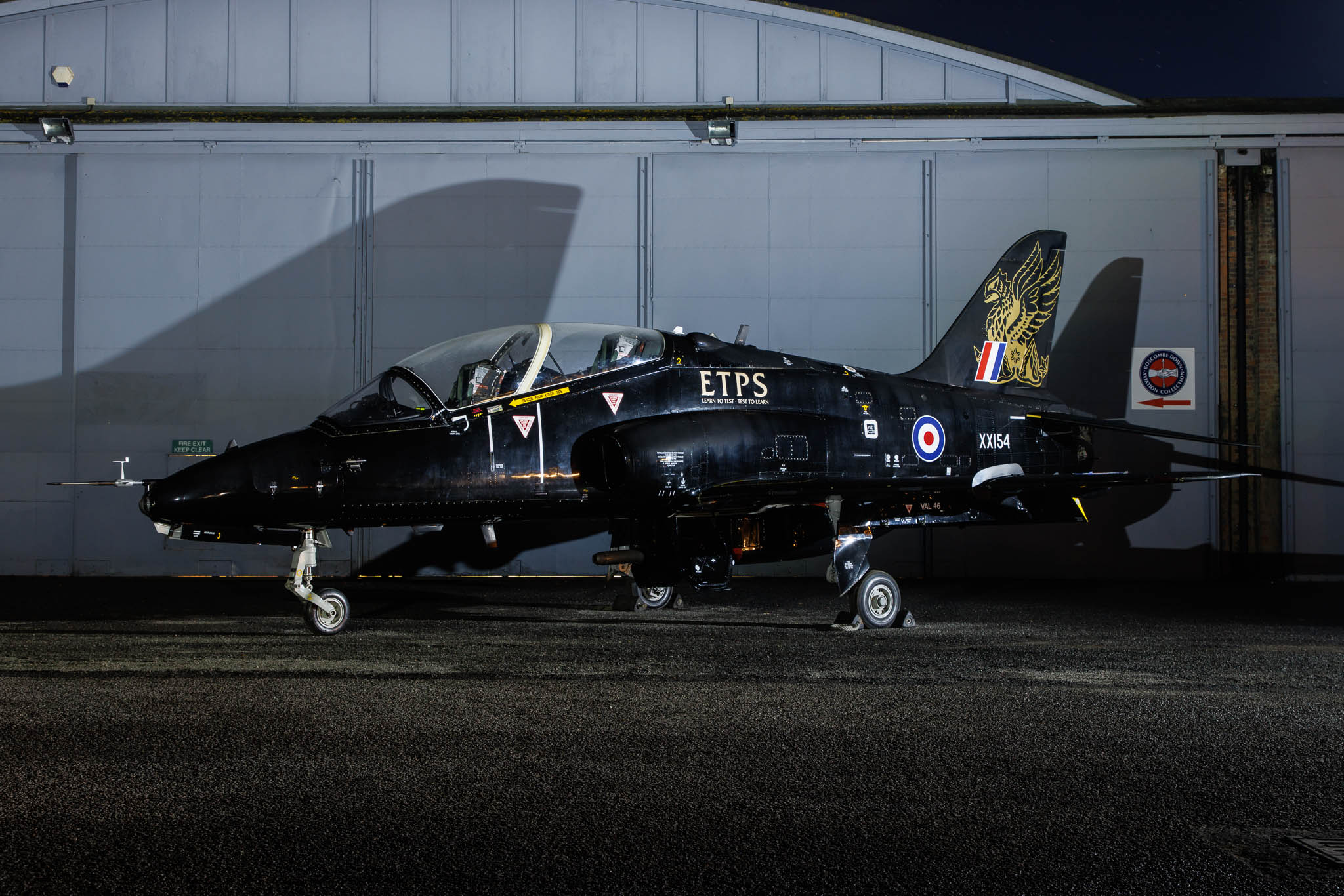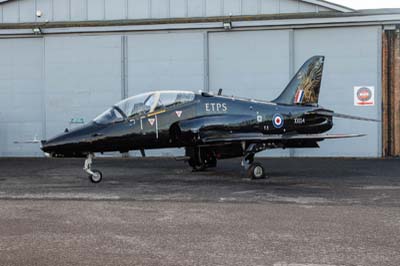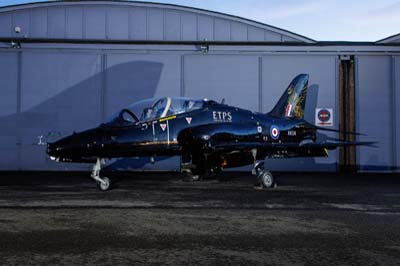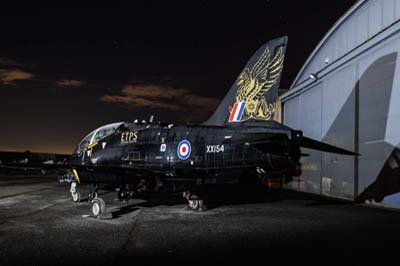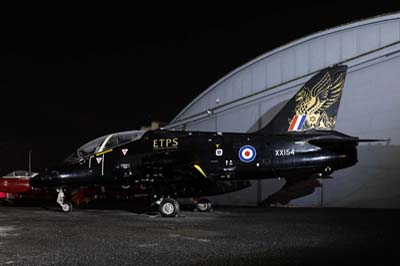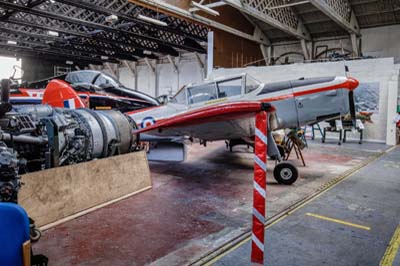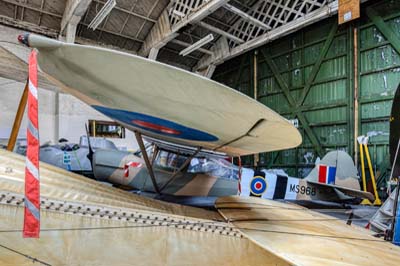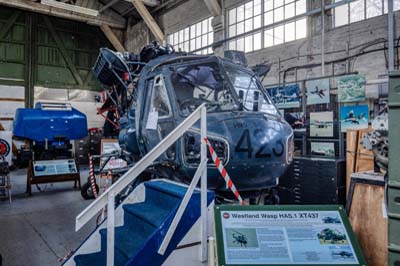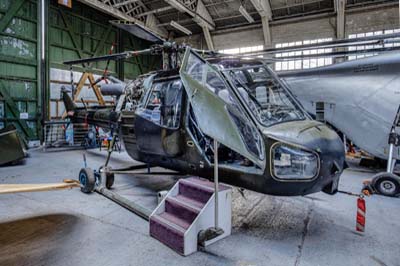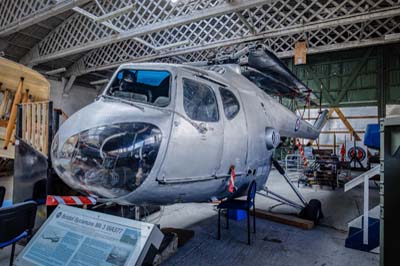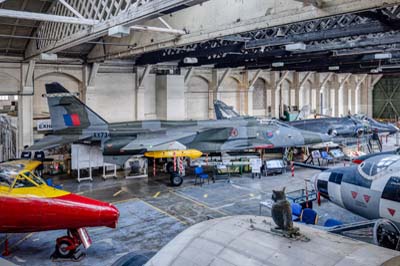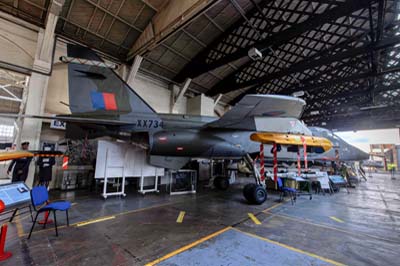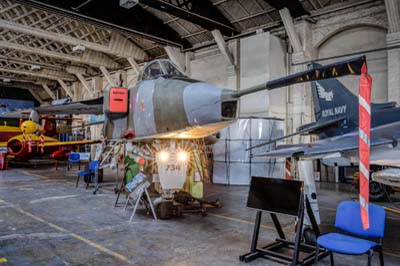Boscombe Down Aviation Collection
Old Sarum airfield
March 18, 2023
|
Threshold night shoot for Boscombe Down Aviation Collection's unveiling of the recently painted Panavia Tornado GR.1 (ZA319 c/n BT001) in an dark green and dark sea grey wrap-around camouflage.
It happens to be the first off the production line for the RAF, it first flew on July 10, 1979. ZA319 was delivered to the Aeroplane and Armament Experimental Establishment (A&AEE) at Boscombe Down for pre-service flight trials on November 15, 1979 before its transfer to the Tri-National Tornado Training Establishment (TTTE) at RAF Cottesmore.
Following the jet's retirement from service in 2001 it was transferred to Tri-Services Defence Logistics Establishment, Upper Arncott, Oxford in 2002 to be preserved on the gate. Threatened with scrapping, in November 2021 it was acquired by BDAC through RAF Heritage in an all grey scheme. |
| Left to right: Tornado GR.1 (ZA319 c/n BT001 later 9315M). |
| Left to right: Tornado GR.1 (ZA319 c/n BT001 later 9315M). |
| Left to right: Tornado GR.1 (ZA319 c/n BT001 later 9315M). |
| Left to right: Tornado GR.1 (ZA319 c/n BT001 later 9315M). |
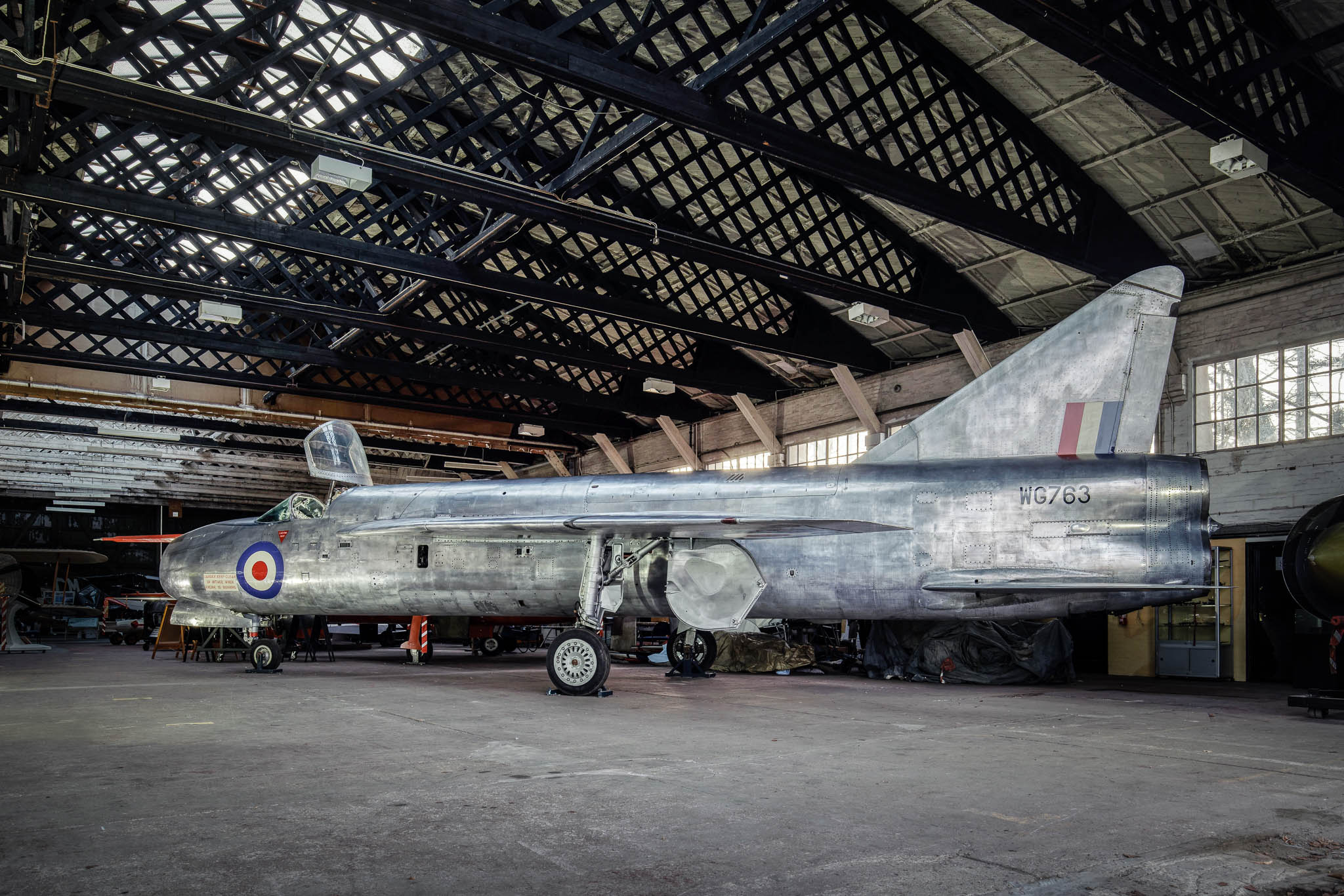 |
Left to right: English Electric P.1A (WG763 later 7816M). Leading to the design of the Lightning the P.1A was built to an Air Ministry specification from 1947. The main purpose was to evaluate low-speed handling characteristics of the revolutionary swept wing. The P.1A's maiden flight was made by WG760 (preserved at the RAFM Cosford) in August 1954 from Boscombe Down. Handling was good with the aircraft achieved Mach 1 seven days later. The second P.1A prototype (WG763) joined the program in 1955. Equipped with twin 30mm ADEN cannons in the upper nose, it used in armaments trials. It was later fitted with an afterburner and achieved a speed of Mach 1.53 in January 1956.
WG763 was preserved at the Science Museum in Manchester, but when it was closed in 2021 its collection was split new homes had to be found. In January 2022, WG763 was moved on to the Boscombe Down Aviation Collection at Old Sarum airfield, the oldest continually operational airfield in the UK. WG763 is housed in a former World War One double bay Belfast Truss hangar. Each bay is made up of 17 identical trusses supported by masonry walls. The museum moved here in 2012. As photographed at Manchester Museum in 2018. |
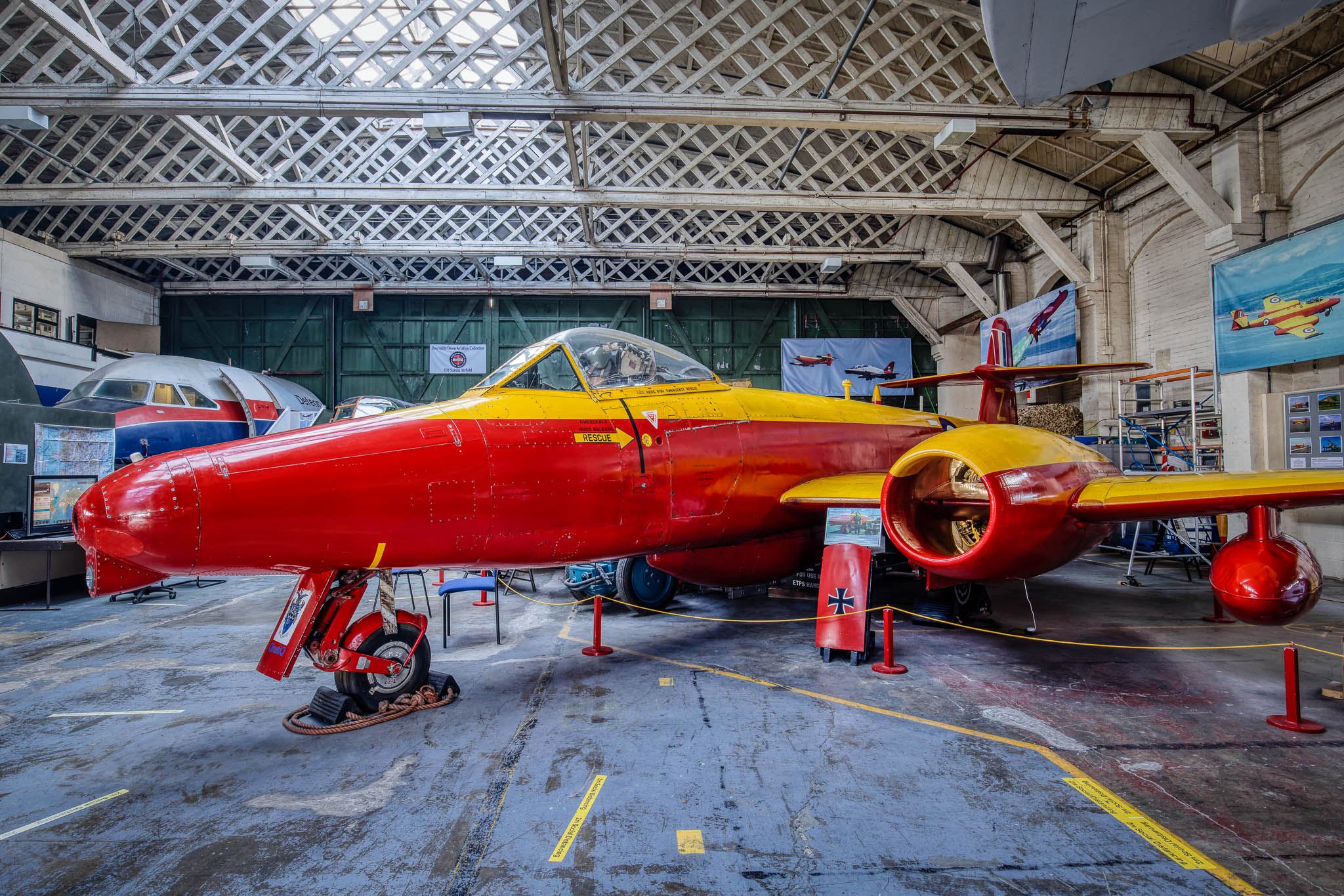 |
| Left to right: Gloster Meteor D.16 (WK800 'Z') previously with the Royal Aircraft Establishment at RAE Llanbedr. As photographed at RAE Llanbedr in 1994. |
| Left to right: Gloster Meteor D.16 (WK800 'Z') previously with the Royal Aircraft Establishment at RAE Llanbedr. |
Left to right: Hunter F.6 (XF375 '6' later 8736M and G-BUEZ) it spent much of her early life on manufacturer and government trials work. By 1963 she was in service with the Empire Test Pilots School, and also spent some time with the Royal Aeronautical Establishment.
Jet Provost T.4 (XR650 '28' later 8459M) retired in 1976 and then used as a ground instruction engineering airframe at RAF Halton. |
| Left to right: British Aerospace Hawk T.1 (XX154). The pre-production aircraft with Empire Test Pilots School, Boscombe Down. Retired in August 2019. |
Left to right: Avro 707A (WZ736). The Avro 707 was designed for research purposes with the intention of eventually using them as jet trainers, to provide pilots with experience of handling a delta-winged aircraft using fly-by-wire technology in advance of the introduction of the Avro Vulcan. The one-third scale design was the first British built delta-winged aircraft. Vital data was gathered during testing for the Avro Vulcan project.
Only two were built (WZ736 and WZ744) as the first Vulcan's were found to be easy to fly and these trainers were deemed unnecessary. Both aircraft survived WZ736 was on display at the Manchester Museum of Science and Industry, which was closed 2021 and its collection was split up and moved to new homes, including Old Sarum.
DHC Chipmunk T.10 (WD321 registered G-BDCC).
Auster AOP.5 (MS968 registered G-ALYG). |
Left to right: Westland Wasp HAS.1 (XT437 '423') ex Royal Navy.
Westland Scout AH.1 (XP899 'D') ex AAC.
Bristol Sycamore Mk.3 (WA577). |
| Left to right: SEPECAT Jaguar GR.1 (XX734 '734') in 6 Squadron markings. |
